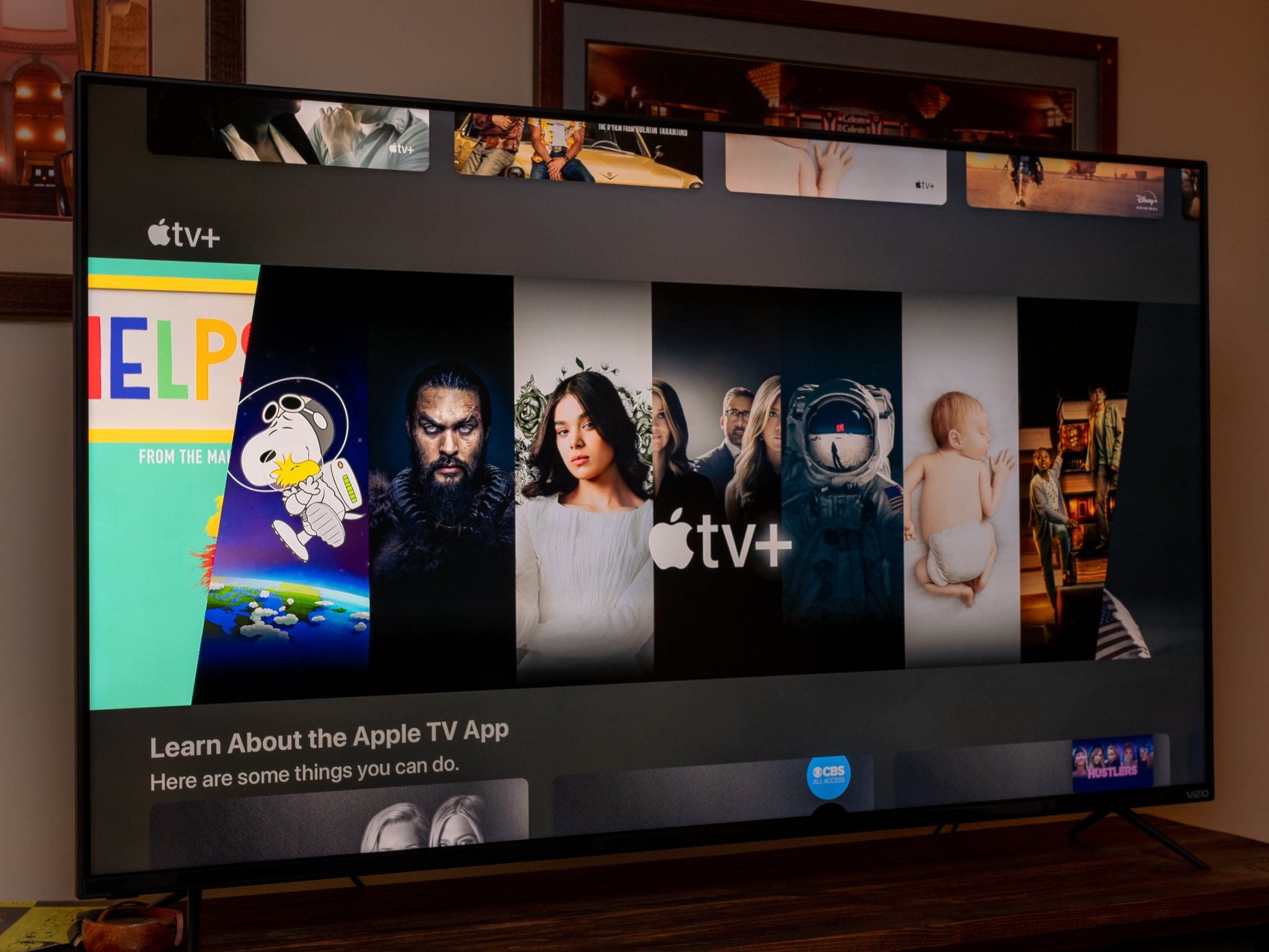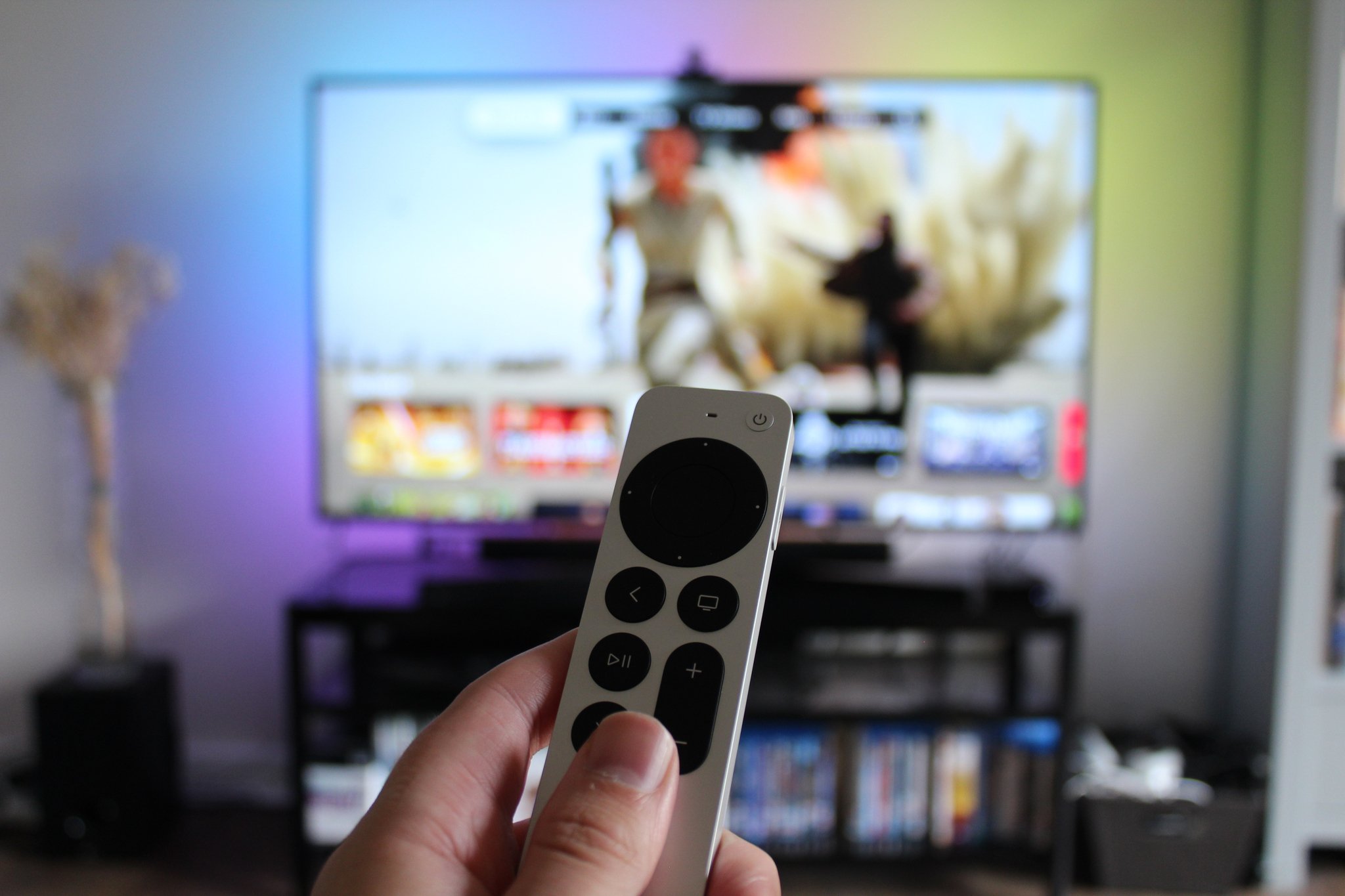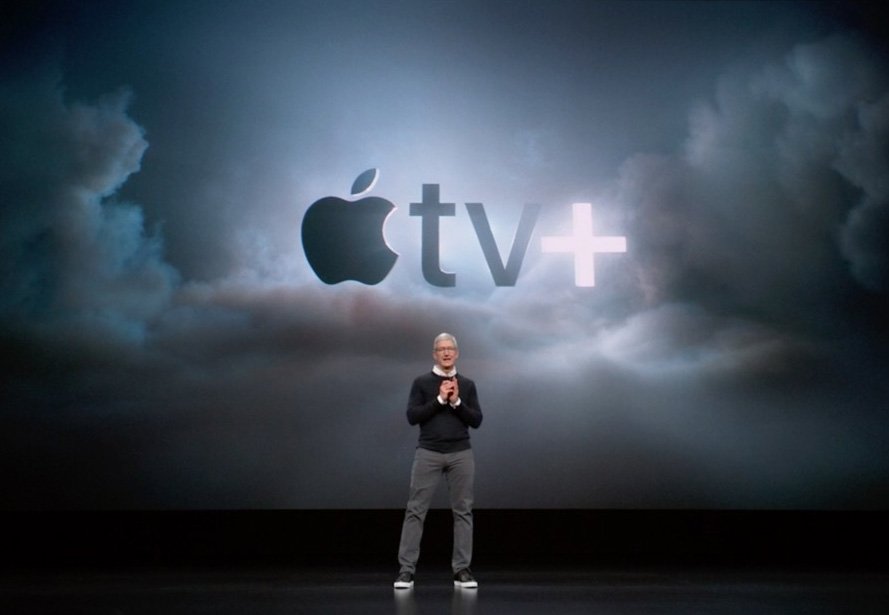

It has been clear over the past few years that Apple has been pushing hard into services. From Apple Music to Apple News+, Fitness+, and even the upcoming iCloud+, Apple's plethora of paid-for add-ons has expanded and services continue to make up an ever-increasing part of Apple's bottom line each quarter.
Apple TV+ is probably Apple's highest-profile service after Music with its star-studded lineup of original programming and, according to recent reports, 40 million subscribers, half of whom are now said to be paying for the service.
From the outside, it is obvious that Apple has been wanting to have the Apple TV app appear on as many streaming devices as it can in order to get the service in front of as many potential paying customers as possible. Apple TV+ can now be viewed on the web, on game consoles, competitors' set top boxes, and even smart TVs themselves, all without buying a single piece of hardware from Cupertino.
Low cost Apple TV dongles already exist — just not made by Apple.
The need to scale Apple TV+'s subscriber base has led a lot of folks to wonder why the Apple TV hardware went so long without an update and why, when it did get refreshed this year, Apple opted not to go for a cheaper streaming stick to compete with the likes of Roku and Amazon.
It turns out that an affordable Apple TV dongle was considered and backed by now-former Apple VP Timothy Twerdahl, before marketing execs Greg Joswiak and Phil Schiller shot it down. From The Information's report:
"They didn't want Apple getting into the business of making cheap, low-margin devices, and they were concerned that putting Apple's brand on them would tarnish its reputation for building premium products. In the end, Apple decided it was comfortable developing an app for Apple TV+ that worked on hardware products from Samsung, Roku, Amazon and others, even if they were relatively inexpensive."
Though it's probably not a popular opinion, I think Joswiak and Schiller's instincts were correct here and a cheap Apple TV dongle would not have been the right device to make for Apple or for Apple customers.
Apple doesn't need to make low-cost Apple TV dongles because they already exist — they just aren't made by Apple.
Master your iPhone in minutes
iMore offers spot-on advice and guidance from our team of experts, with decades of Apple device experience to lean on. Learn more with iMore!
If you think about the things Apple would have sacrificed to get to an Apple TV dongle in the sub-$50 or even sub-$100 market while maintaining a shred of margin — things like HDR, Dolby Atmos, the ability to be HomeKit hub, power enough to support intensive Apple Arcade games, and the fancy new Siri Remote — the end product is probably not too far removed from streaming devices from Roku, Amazon, and others.
When it can make an Apple TV app for those devices, why would it bother to compete on low-margin hardware?

With so many more streaming sticks and the best TVs for Apple TV gaining features like AirPlay 2 and HomeKit, it makes even less sense for Apple to try to occupy a HDMI port when it could instead spend that time and resource on making sure the Apple TV app and Apple TV+ service is in front of as many eyeballs as possible.
As much as I would love to pay less for the Apple TV, those that are all-in on Apple's ecosystem, like me, will continue to buy its first-party hardware, and pay the price, to enjoy a fully integrated experience. Those that just want to watch a few TV+ shows can simply throw Apple $5 per month and watch via their Roku stick or Samsung TV. Apple wins both ways.
What do you think? Should Apple have pursued a cheaper Apple TV dongle or was it right to stay the course with its premium hardware? Let me know your thoughts in the comments.
Adam Oram is a Senior Writer at iMore. He studied Media at Newcastle University and has been writing about technology since 2013. He previously worked as an Apple Genius and as a Deals Editor at Thrifter. His spare time is spent watching football (both kinds), playing Pokémon games, and eating vegan food. Follow him on Twitter at @adamoram.

